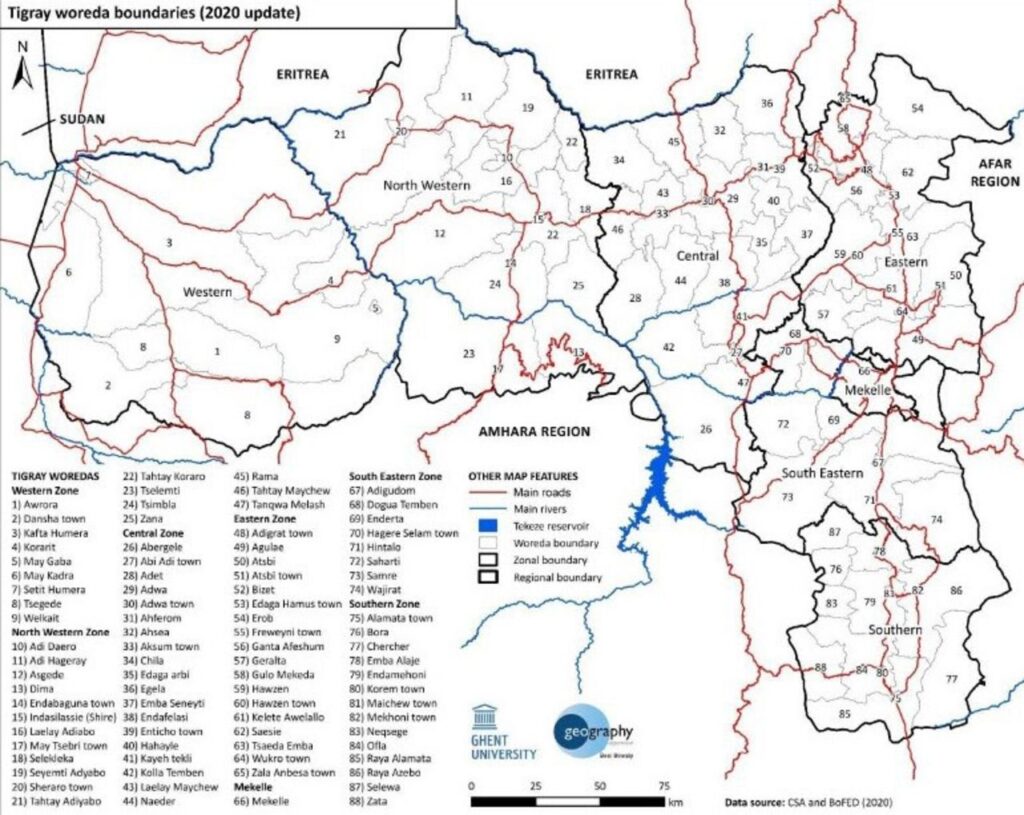BMJ Journals – BMJ Global Health
https://gh.bmj.com/content/7/4/e008475
Abstract
War destroys health facilities and displaces health workers. It has a devastating impact on population health, especially in vulnerable populations. We assess the geographical distribution of the impact of war on healthcare delivery by comparing the pre-November 2020 and the November to June 2021 status of health facilities in the Tigray region of Ethiopia. Data were collected from February 2021 to June 2021, during an active civil war and an imposed communication blackout in Tigray. Primary data were collected and verified by multiple sources. Data include information on health facility type, geocoding and health facility status (fully functional (FF), partially functional (PF), not functional, no communication). Only 3.6% of all health facilities (n=1007), 13.5% of all hospitals and health centres (n=266), and none of the health posts (n=741), are functional. Destruction varies by geographic location; only 3.3% in Western, 3.3% in South Eastern, 6.5% in North Western, 8% in Central, 14.6% in Southern, 16% in Eastern and 78.6% in Mekelle are FF. Only 9.7% of health centres, 43.8% of general hospitals and 21.7% of primary hospitals are FF. None of the health facilities are operating at prewar level even when classified as FF or PF due to lack of power and water or essential devices looted or destroyed, while they still continue operating. The war in Tigray has clearly had a direct and devastating impact on healthcare delivery. Restoration of the destroyed health facilities needs to be a priority agenda of the international community.

